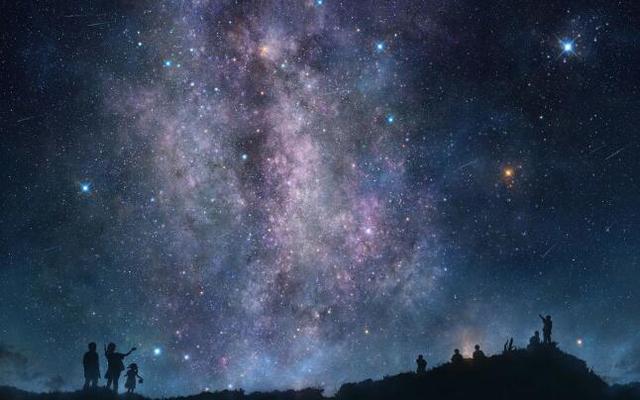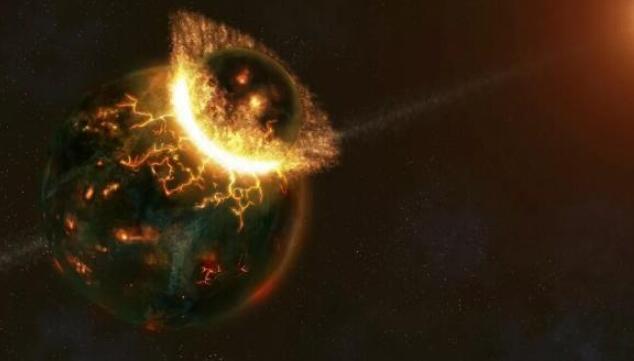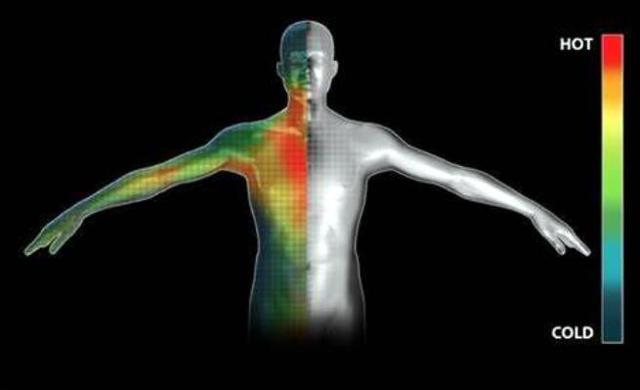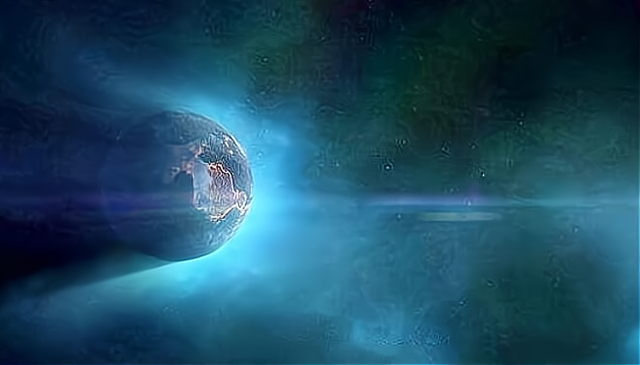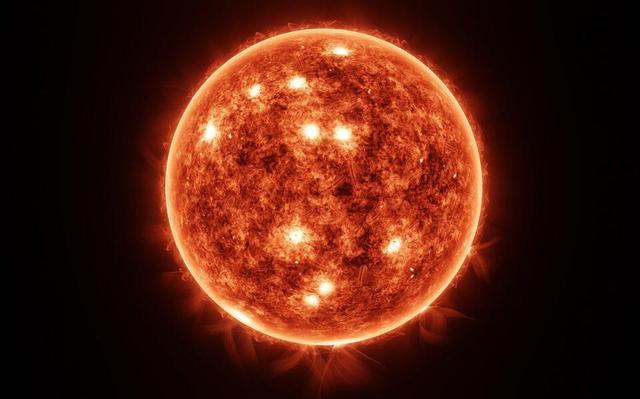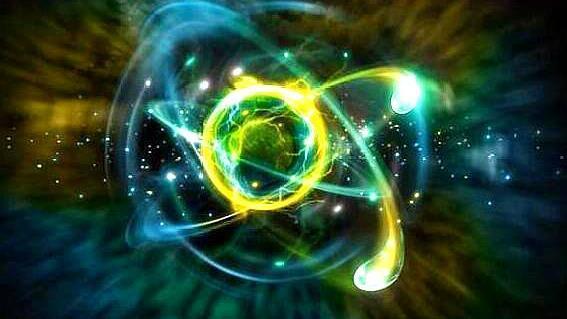In a good night sky, we can always see a sky full of stars and it seems to us that the whole universe is in full view. In fact, the stars we see in the night sky are only a tiny part of the milky way galaxy, which is just one of the trillions of galaxies that exist in the observable universe.
What are the stars that we see in the night sky? How far away are they from us?
Most of the stars visible to the naked eye in the night sky are stars. According to the inverse square law, the intensity of light decays linearly with the square of the distance, so that when stars reach a certain distance from us, it is difficult to see them with the naked eye. .

This range can be larger if the star itself is very luminous, as in the case of seamount ii at the base of the ship (note: This is a star system with at least two stars), whose overall luminosity is about 5.9 million times that of the sun, so that we can see it even if it is 7,500 light-years away, and "Seamount ii is also generally considered to be the farthest star visible to the naked eye.
The smaller the apparent magnitude, the brighter the object, and it can be taken as a negative number, with a difference of 2.512 times for every 1 difference, e.g. -26.71 magnitude for the sun and -13 magnitude for the full moon.

According to astronomers, there are about 7000 stars in the sky that meet this requirement. Considering that we can only see half of the sky from any position on the earth's surface, the number of stars we see is actually only about 3000.
In addition to the stars, the stars we see in the night sky also include the planets that orbit our solar system. Although the planets themselves are not luminous, they reflect the light from the sun, and because they are so close to us (compared to the other stars), they appear to us as stars, no different from the other stars in the sky.

Of the planets in our solar system, we can see mercury, venus, mars, jupiter and saturn with the naked eye alone (uranus and neptune are not visible to us because they are a bit far away from earth), with venus being the closest (just over 40 million km from earth at its closest) and its brightest (up to -4.92 magnitude apparent).
In addition to this, we may see two special 'stars' in the night sky, the first being artificial satellites, which are usually equipped with solar panels. Our eyes, and we may then think we see a star.
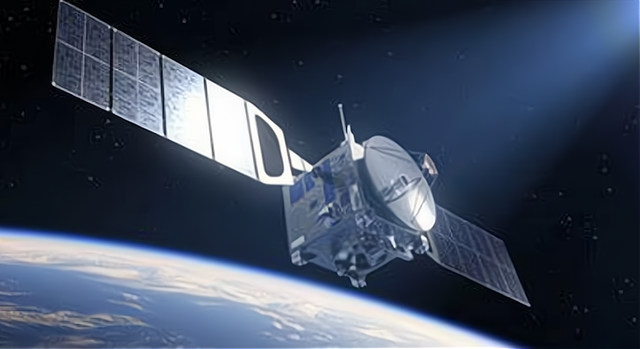
It is worth noting that because satellites are in constant motion, this particular angle does not usually last very long, so their light is usually flickering in the night sky and they have some sort of motion, so they are sometimes mistaken for 'ufos' (unidentified flying objects).
The second type is the visible light produced by high-energy events in the universe over a short period of time. When high-energy events such as supernova explosions and neutron star collisions occur in the universe, powerful gamma ray bursts and matter jets are produced. Gamma rays are invisible to us, but the very high velocity matter jets hit nearby interstellar matter with extraordinary ferocity, producing large amounts of visible light.

Such super dazzling light can be seen directly even at great distances, for example, in 2008, scientists observed a high-energy event with the number "Grb 080319b", the source of which was located in the direction of makemake, about the source of the event was located in the direction of makemake, about 7.5 billion light years away, but with an apparent magnitude of 5.8.
This means that if a sighted person on earth had been looking up at the sky at the time, he would have seen "Grb 080319b", but it would have been a faint star in the night sky, and he would not have noticed it.

